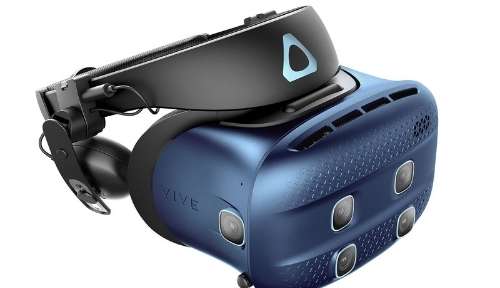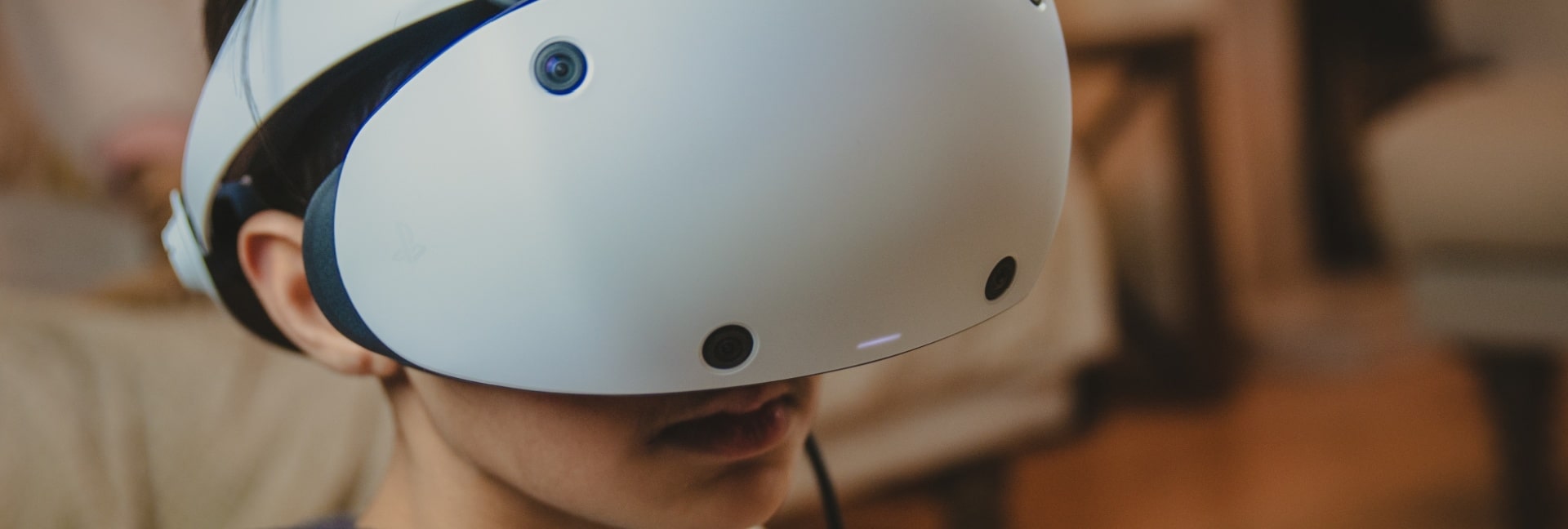| HMD Name: | Rift (Final Consumer Version) |
| Designer: | Oculus |
| Website: | https://www.oculus.com |
| Estimated price: | TBA |
| Display type: | OLED |
| Resolution: | 1080×1200 per eye |
| Field of view: | 110+ degrees |
| Head tracking: | Six degrees of freedom |
| Eye Tracking: | No |
| Audio: | Built-in (removable) |
| Refresh rate: | 90Hz |
| Latency: | TBA/Unknown |
| Optics: | Interpupillary adjustment, interchangeable eyecups |
| Inputs: | HDMI 1.3 |
| Type: | Tethered to external computer |
The Oculus Rift is probably the most well-known virtual reality HMD of the current generation, and in recent years has become the poster child for a renewed interest in consumer virtual reality.
The Rift comes from humble beginnings as a crowd funding project on Kickstarter, where it received a huge amount of attention and was ultimately very successful. After it became obvious that the virtual reality market was beginning to heat up, Facebook purchased Oculus for the staggering sum of $2 billion. This was a huge signal to the rest of the market that VR was on the up, and since then there has been a steady slew of HMD and other virtual reality related technology arriving on the scene. Interestingly, although the Oculus Rift was a definite game changer, there isn’t much about it that’s still unique. The Rift has fallen victim to the usual pioneers curse, and has now been replicated to the point where it has become something of a template for the contemporary HMD.
This headset contains a single low-latency, low-persistence OLED panel taken from high-end smartphones, specially developed optics to provide a wide field of view a little higher than 110 degrees, and precise head-tracking in three axes using a trusty combination of gyroscopes, accelerometers, magnetometers and external infrared camera tracking.
The Rift was developed specifically in the pursuit of immersion and a true sense of presence. Oculus has spent a considerable amount of time and money on research and development in order to find the line where presence ends and immersion begins. In this process they have, literally, been writing the book on the subject.
Five developer versions of the Rift preceded the consumer version: The DK1, HD prototype, Crystal Cove Prototype, DK2, and Crescent Bay Prototype. These were intended for developer use, so that there would be Rift-compatible software available for the public by the time the consumer HMD model was released. These developer kits and prototypes were made available to anyone who had the money to buy them, and so earlier versions of the Rift have made their way out into the general public. This means that it’s important to ensure that you are getting the HMD version that you want when buying a Rift; the prototype versions are less refined and less advanced than the consumer headsets.
Oculus is also working on a set of peripherals called the Oculus Touch, which is set to follow straight after the consumer version. These special controllers are meant to give you functional ‘hands’ in your virtual world, without the cumbersome difficulty of using dataglove-type solutions.
It is fairly clear that Oculus intends to ultimately provide a coherent, all-encompassing consumer VR experience across both hardware and software, and therefore they remain a formidable force in the virtual reality industry.







